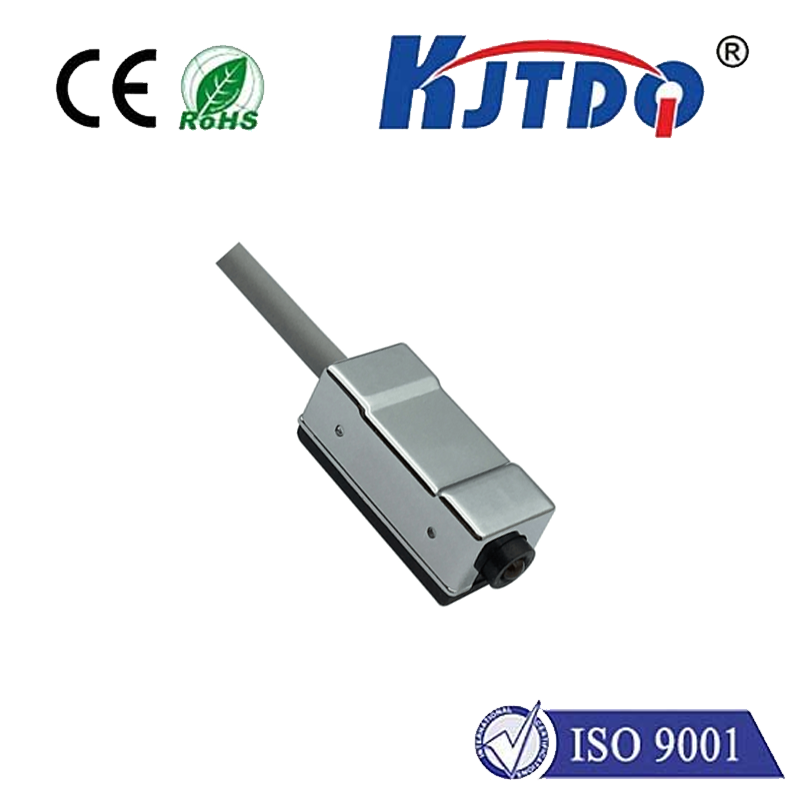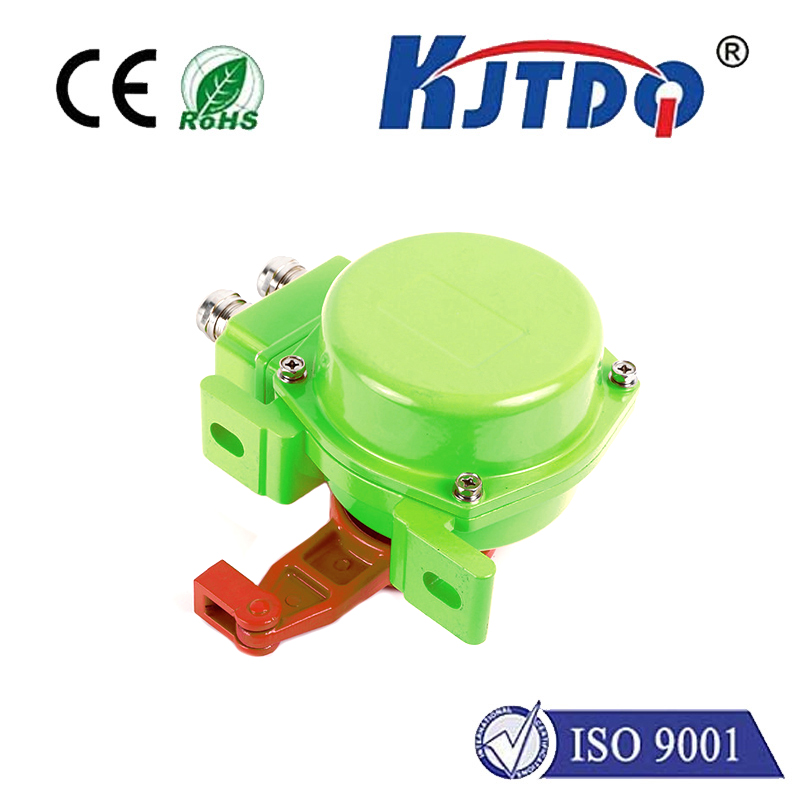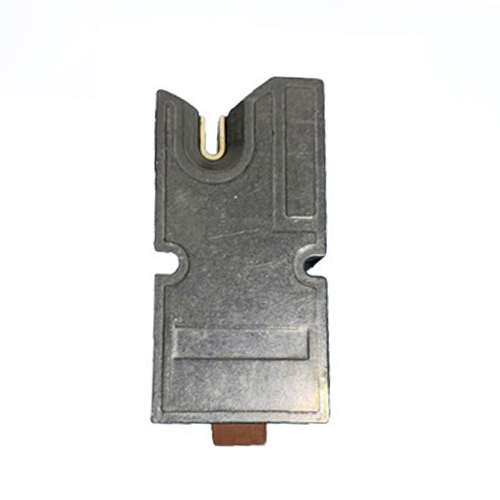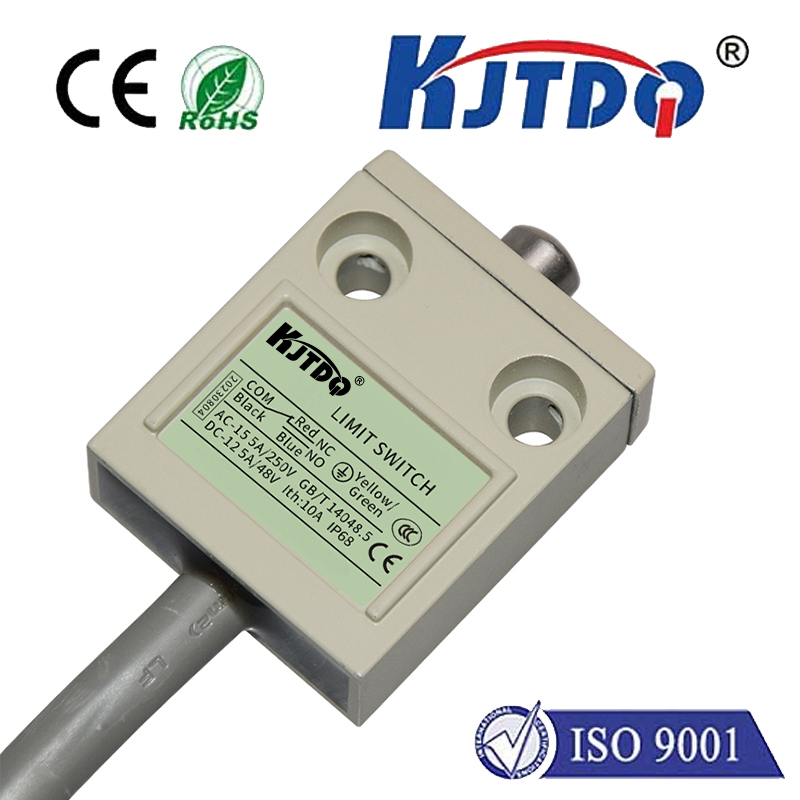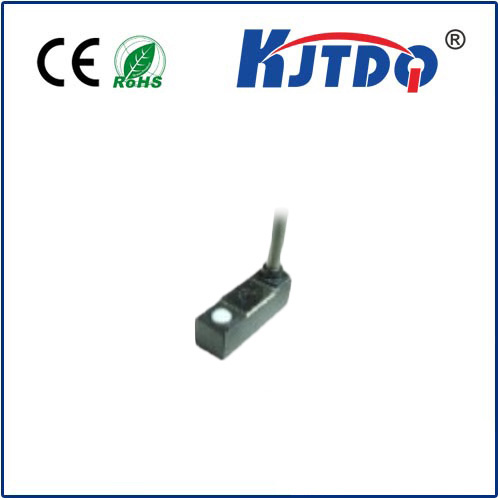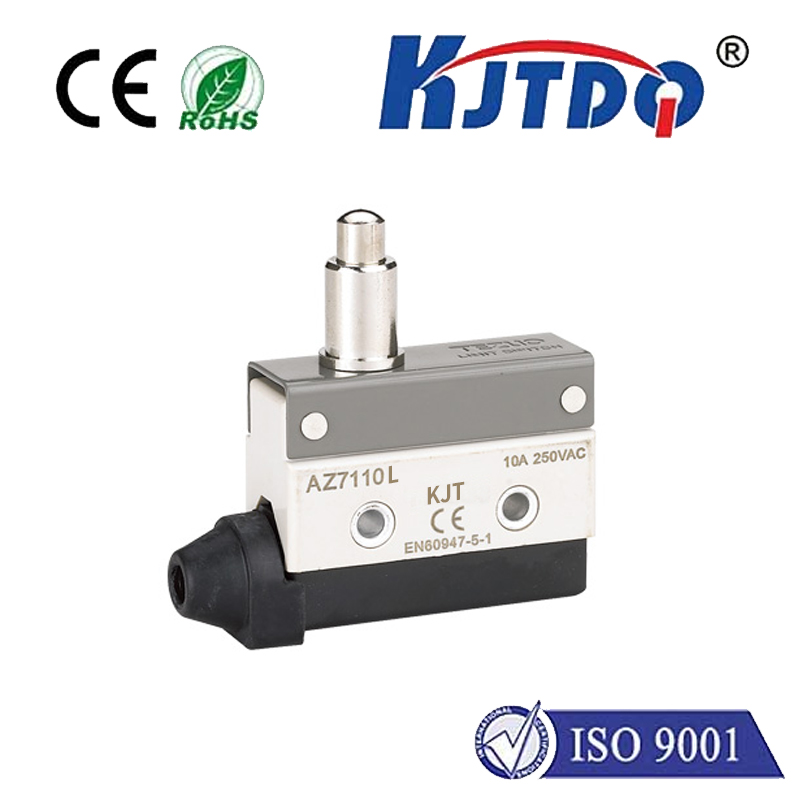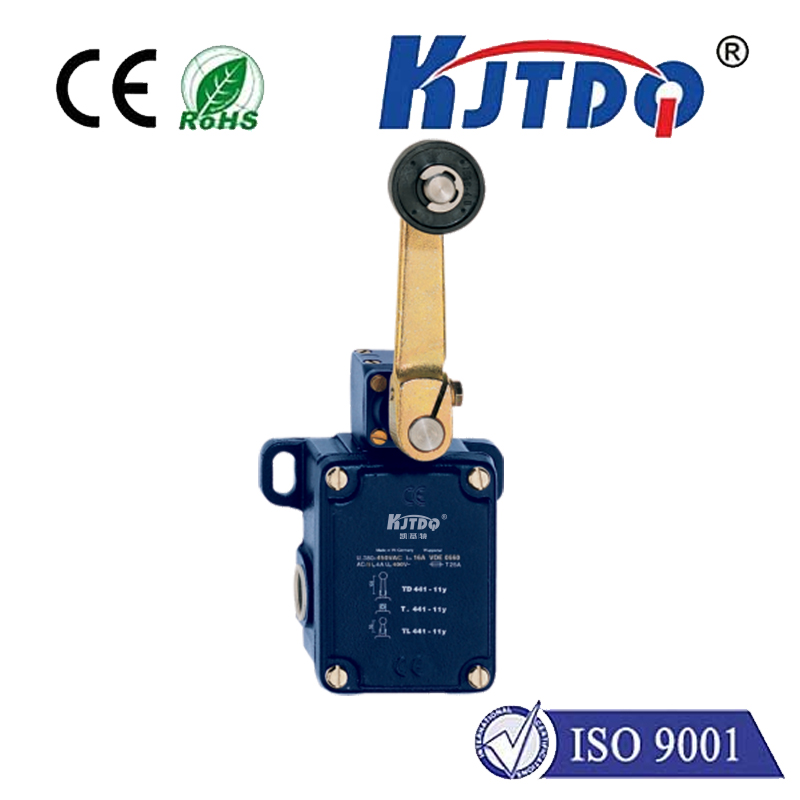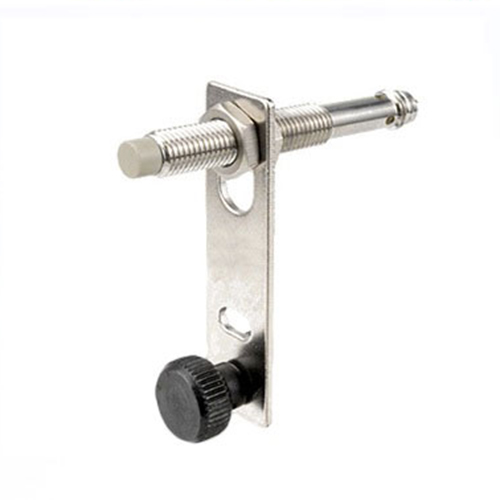

check

check

check

check

check

check

check

check

check

check
On the humming factory floor, where speed and accuracy are paramount, machines rely on unseen sentinels. Among the whirring gears and flashing lights, Scully Optic Sensors stand watch. More than just components, they are sophisticated optical guardians, transforming beams of light into vital data that drives modern manufacturing efficiency, quality, and safety. Understanding the power behind the Scully name reveals why they are critical in demanding industrial environments.
At its core, an optic sensor detects the presence, absence, distance, or features of an object using light. Scully Optic Sensors leverage advanced photoelectric principles, typically involving an emitter (sending out light, often infrared, laser, or visible) and a receiver. The interaction of this emitted light beam with the target object is the key. Depending on the specific type – like diffuse, retro-reflective, or through-beam – the sensor interprets changes in the received light’s intensity, reflection pattern, or time-of-flight. This fundamental light-to-signal conversion is where the magic begins, translating physical phenomena into readable electrical signals for control systems.

What truly sets Scully Optic Sensors apart is the mastery of precision optics and robust engineering applied to this principle. Key advantages that solidify their reputation include:
The applications where Scully Optic Sensors prove indispensable span nearly every industrial sector:
The relentless drive towards Industry 4.0 and Smart Factories is pushing sensor technology further. Scully Optic Sensors are evolving alongside these trends. Integration with Industrial IoT (IIoT) platforms is becoming more prevalent, allowing sensors not just to detect, but to communicate health status, process trends, and predictive maintenance data. Enhanced connectivity options (like IO-Link) simplify configuration, diagnostics, and parameterization directly from the controller. Furthermore, advancements in laser technology and signal processing algorithms continue to push the boundaries of detection range, resolution, and the ability to handle challenging surfaces (dark, shiny, transparent).
Invisible yet indispensable, Scully Optic Sensors operate silently at the heart of industrial productivity. Their ability to deliver uncompromising precision, unwavering reliability, and robust performance in demanding conditions makes them far more than simple switches. They are sophisticated optical instruments, fundamental to maintaining quality, boosting efficiency, ensuring safety, and enabling the complex automation that defines modern manufacturing. As processes become smarter and demands for accuracy intensify, the role of advanced photoelectric sensing, exemplified by Scully Optic Sensor technology, will only grow more critical. How will these optical guardians evolve to meet the next wave of industrial challenges?
